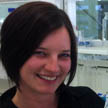
Emma Burrows
Oh boo. Sad to miss out on the last chats + questions. Thanks for all the votes so far. Its been fun!
Favourite Thing: I love asking questions and finding out new things. My work allows me to do this all the time.
My CV
School:
Lindisfarne Primary School, 1989-1996, Rosebay High school, 1997-1999, Rosny College 2000-2001 (all in Tasmania)
University:
I studied neuroscience at The University of Melbourne from 2002-2005 and completed my PhD on a mouse model of schizophrenia in 2011.
Work History:
In addition to being a neuroscientist I also work at Bennettslane Jazz bar, a dark cosy institution hidden down one of Melbourne’s alleyways. I have had many jobs over the years, ranging from university lecturing to shucking abalone.
Employer:
Florey Institutes of Neuroscience and Mental Health.
Current Job:
I am a neuroscientist working with mice to understand schizophrenia and autism. I run experiments to investigate memory and social behaviour in mice, mentor students and teach neuroscience to university students.
My Interview
My profile link:
https://organsa12.imascientist.org.au/profile/emmaburrows/
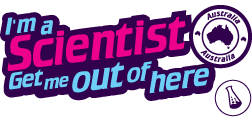


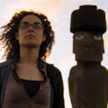

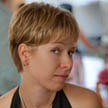

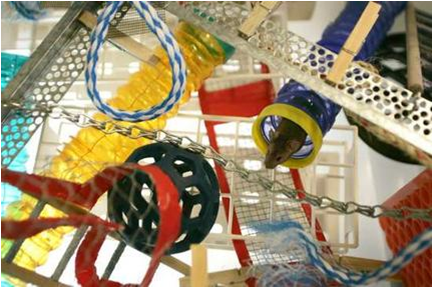
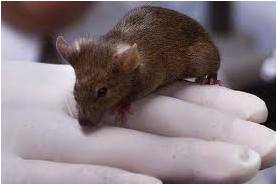
 Print this profile
Print this profile